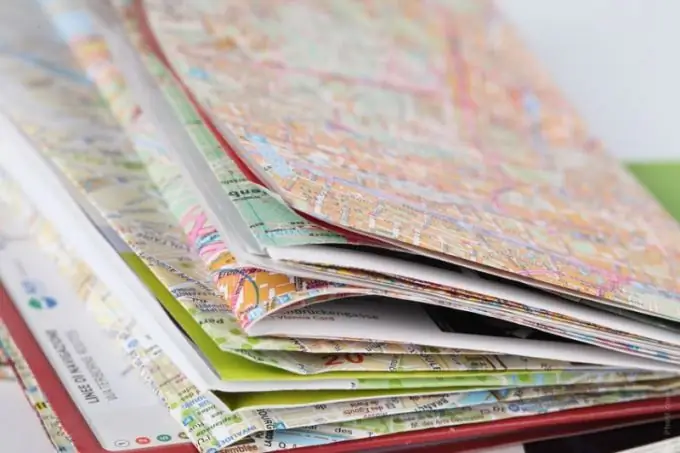Terrain maps are the tool with which we can learn about the whole world and some local areas of its territories. They represent a multiply reduced image of a real territory with all existing objects and features of its relief. There are various thematic maps, but they are based on a physical map of the area.

Instructions
Step 1
A physical map is a general geographic map of a certain territory, which conveys all its characteristic features - relief, transport network, location of settlements and their names, hydrography, vegetation, objects, administrative boundaries.
Step 2
The physical map, as a rule, has an overview character and is used in the wall version, therefore, small enough countries are used for it, such as Russia, Canada or the United States, so that the physical map can give an idea of the entire territory, its scale should be about 1: 4,000,000 - 1: 5,000,000. The physical map of the world will be convenient for viewing and placing on a scale of 1: 15,000,000-1: 25,000,000.
Step 3
Physical maps are used in the educational process, allowing you to give an accurate general impression of the study area. To increase their information content, maps are used conventional signs and designations that show the location of large industrial facilities, airports, train stations, historical monuments or interesting natural objects. Deposits of various natural resources can be marked on the physical map.
Step 4
Relief is an obligatory element of the physical map. It is displayed using certain conventional symbols and "hillshade" when the saturation of the tone is tied to the height of the terrain above sea level. This allows you to get an idea of the territory from the physical map, as if you were looking at it from space.
Step 5
Various projections are used to create physical maps to minimize distortion. They inevitably arise when the real contours existing on the elliptical surface of the Earth are transferred to the flat surface of the map. Of course, the larger its scale, the more accurate the measurements made on it will be.







